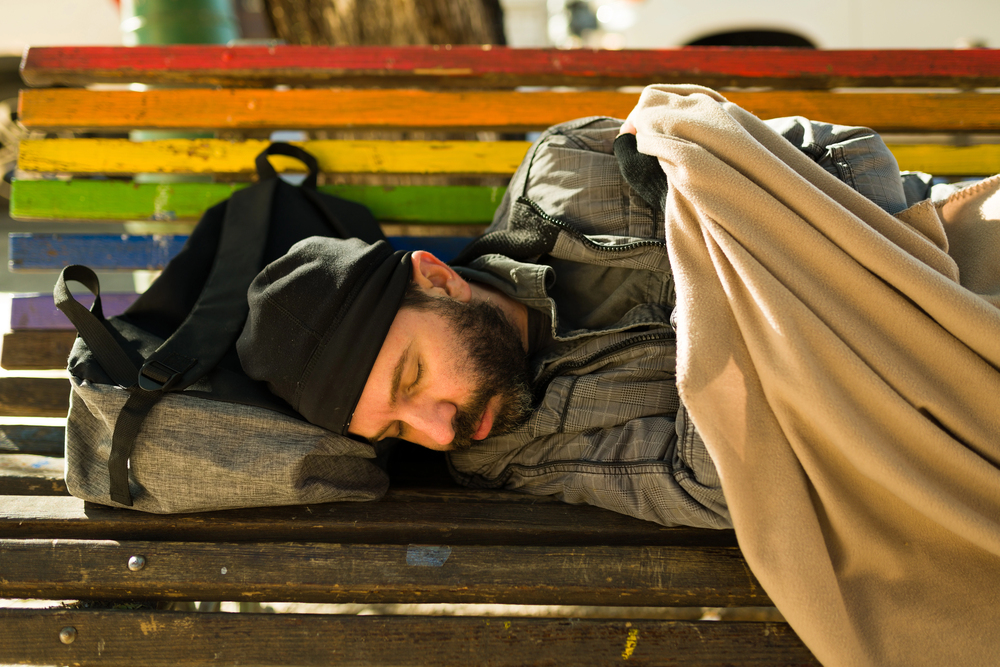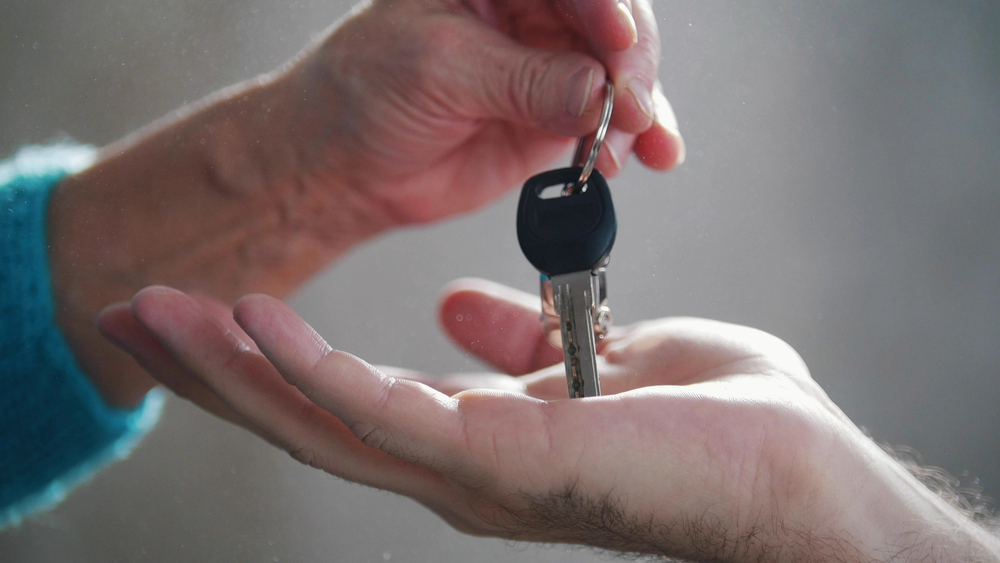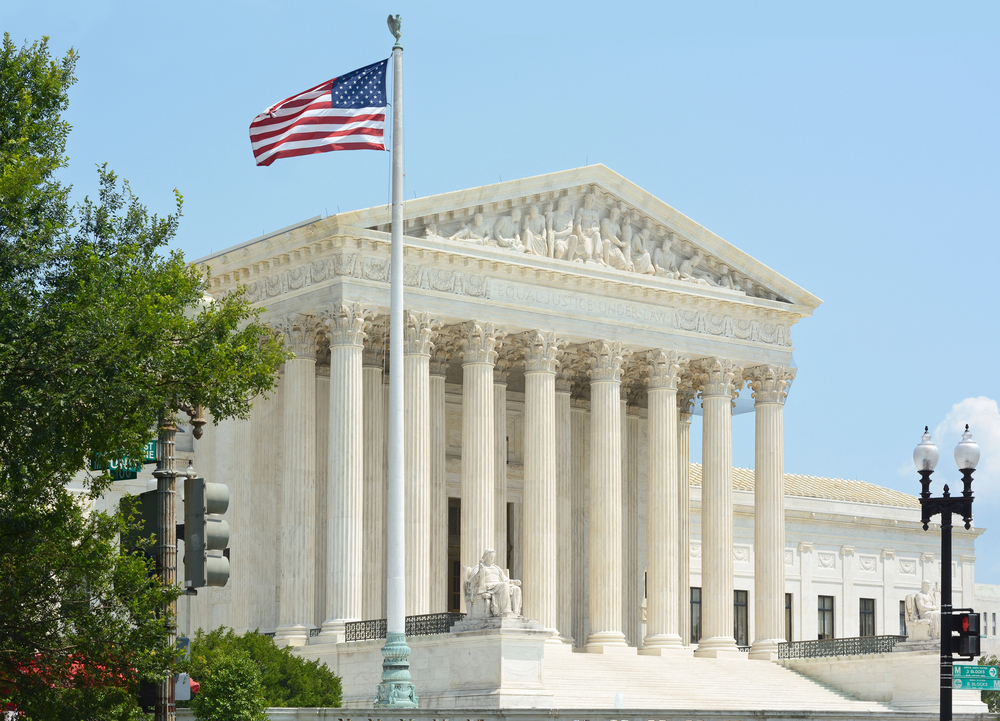
What does it look like when a country’s strategy for homelessness flips overnight? President Trump’s recent executive order is disrupting the industry, and for those in the trenches, policy makers, social service workers, and advocates, the stakes are anything but hypothetical. The order’s demand for a “treatment-first” policy, defunding harm reduction, and allowing local governments to crack down on camping bans and involuntary commitments is a tectonic shift. As the dust settles, the consequences for evidence-based practice, civil liberties, and actual outcomes warrant closer examination.

1. From Housing First to Treatment First: A Policy U-Turn
The “Housing First” model had been the federal homelessness policy for years. It was straightforward: first obtain stable housing, then deal with mental health or addiction issues. As one provider summed it up, “You have to house people before you expect them to work on life-changing things, like becoming sober or getting back together in a relationship or going to see a doctor regularly.” But with the new executive order, federal assistance is moving towards programs that mandate sobriety and treatment as a precondition for housing. Devon Kurtz of the Cicero Institute, an advocate for the shift, called it “that vital safety net at the bottom to ensure that [homeless individuals] don’t keep falling through the cracks and dying on the street.

But the facts are more complicated. Repeated research has found that Housing First strategies provide more long-term housing stability, particularly for those with chronic homelessness, than treatment-first models. Randomized controlled trials demonstrate that Housing First clients see significantly lower rates of decline in homelessness and higher housing retention rates of approximately 80 percent, roughly 50 percentage points higher than conventional strategies.

2. The Crackdown on Harm Reduction: What Gets Lost?
Trump’s order also calls for federal agencies to defund harm reduction programs programs that have been demonstrated to decrease overdoses and get people into treatment. Addiction specialists have long believed that harm reduction, such as syringe service programs and fentanyl test strips, “is an essential part of helping people survive addiction.” The Centers for Disease Control and Prevention has discovered that these programs don’t promote drug use, but rather save lives and promote interaction with healthcare.
All the same, the new policy reproduces arguments that harm reduction “promotes drug use,” an argument refuted by decades of research. The effects of the order are already being realized, with over $1 billion in grants being cut and front-line providers left scrambling. As Georgetown University’s Regina LaBelle succinctly stated, “But issuing an executive order, while disinvesting in treatment and other funding that will help prevent homelessness and untreated health conditions, will do nothing to address the fundamental issues facing the country.”

3. Camping Bans and the New Legal Landscape
The executive order draws on last year’s Supreme Court decision, which authorized municipalities to prohibit sleeping on the streets even in the absence of any shelter. More than 100 cities have since passed or tightened camping prohibitions. The decision, authored by Justice Gorsuch, ruled that “Homelessness is complex. Its causes are many. So maybe the public policy responses are required to address it.” The majority opinion determined such ordinances govern conduct, not status, and are thus constitutional.
Yet the critics caution that criminalizing homelessness only exacerbates the crisis. Jesse Rabinowitz of the National Homelessness Law Center explained, “This executive order is compelling individuals to make a choice between humane data-informed strategies such as housing, or making having a mental illness or being homeless a crime.” The American Civil Liberties Union has found that more than 320 bills criminalizing homeless individuals have been filed across the country, with the majority passing, resulting in more law enforcement sweeps and disruption for the affected.

4. Empowering Involuntary Commitment: Civil Liberties at Risk?
The order also provokes states and municipalities to increase involuntary civil commitment of individuals “who pose a risk to themselves or others.” This is an attempt to return to more institutional methods, which concerns people about due process and the possibility of unfair detention. Opponents remember a “darker period when individuals were routinely unfairly confined in mental health facilities,” and warn that such measures “do nothing to make housing more affordable for people.
Lisa Dailey of the Treatment Advocacy Center explains, “It does damage to your brain to be in untreated psychosis. The longer you are in an untreated psychosis, the more difficult it is to actually recover.” Yet others warn that the system for such massive institutionalization simply does not exist, and that “incarcerating more people is not a solution.”

5. Comparative Effectiveness: What Does the Research Say?
Decades of studies have contrasted Housing First and treatment-first models. Transitional housing and treatment-first programs can help certain individuals with serious substance use disorders, but large-scale studies and meta-analyses uniformly conclude that Housing First results in more stable housing, better quality of life, and integration into the community. A systematic review concluded that Housing First programs reduced homelessness by 88 percent and housing stability by 41 percent over treatment-first programs.
Additionally, Housing First has been found to decrease emergency room visits, hospital stays, and even involvement in the legal system. Although some believe treatment-first to be cheaper for some groups, the general evidence supports Housing First for most cases of chronic homelessness.

6. The Human Element: Building Trust or Raising Barriers?
Providers in Housing First programs have described the model as “a more realistic way of getting people to participate in their treatment plan and slicing away at the patient-clinician hierarchy.” Direct access to housing establishes trust and participation, while treatment-first models can create unwitting obstacles, asking them to “earn” housing for being sober or compliant.
One of the providers put it this way: “The reason I’m here [at the agency] is because we have a very strong Housing First mission where we believe that everybody has a right to have their own apartment and live on their own, whether or not they’re on meds or sober or what have you.” By contrast, treatment-first providers tend to think of themselves as gatekeepers, with housing as a bargaining chip a dynamic that wears down relationships and discourages participation.

7. Finding the Way Forward: Policy, Practice, and Compassion
As local governments consider their actions against the backdrop of the new executive order, the dilemma is evident: how to reconcile public order, civil liberties, and evidence-based practice. The moment demands cool, reflective leadership grounded in compassion and science. As one advocate framed it, “The safest communities are those with the most housing and resources, not those that make it a crime to be poor or sick.”

For policymakers and practitioners, the priority is what works: stable housing, strong support services, and harm reduction, not punishment or coercive institutionalization. The future may be unclear, but the determination to support dignity, evidence, and hope will not waver.


